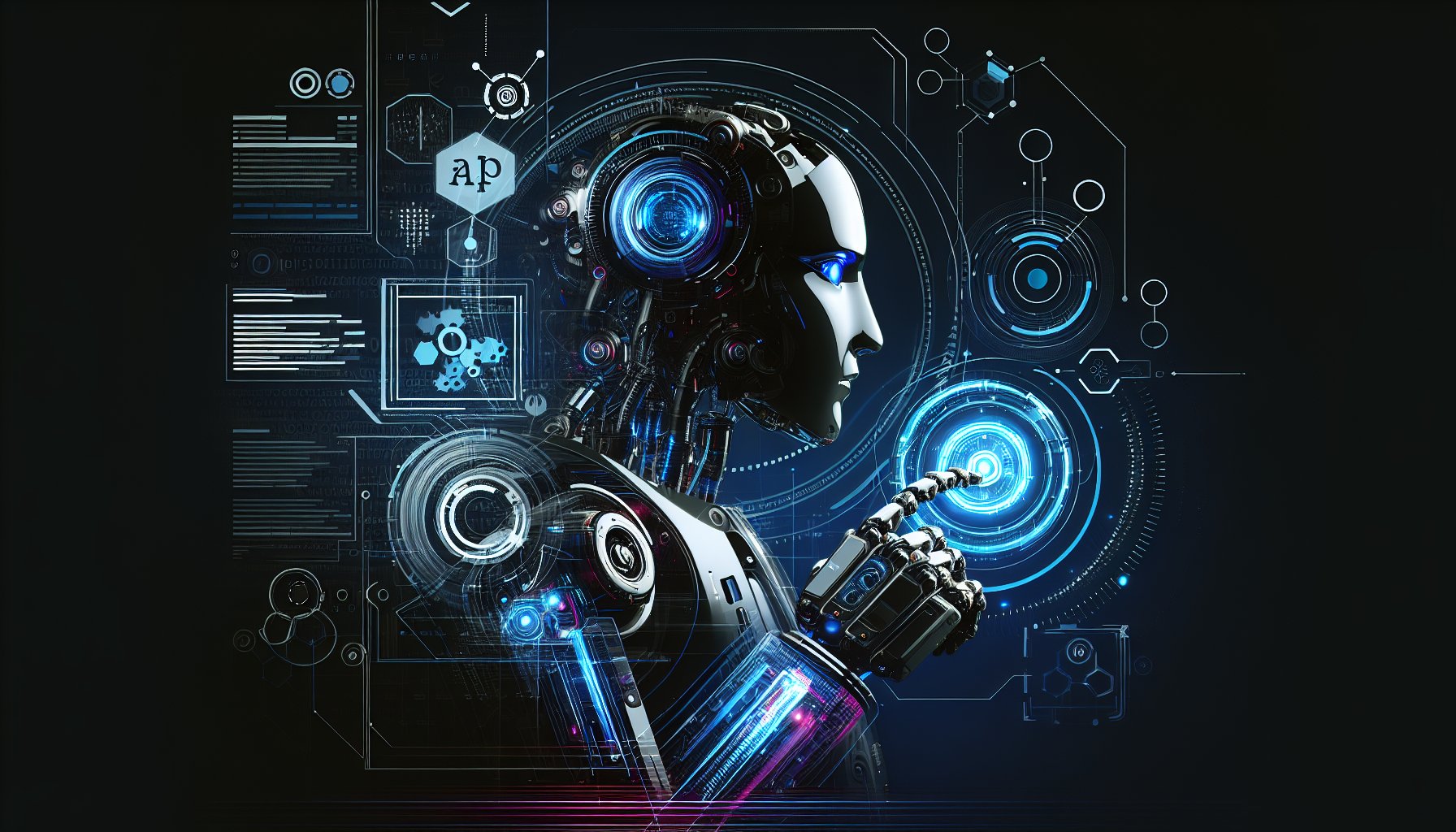Introduction
As we navigate the technological landscape of 2025 and beyond, API (Application Programming Interfaces) development continues to play a pivotal role in crafting seamless, interconnected digital experiences. This blog post will delve into the latest trends and forward-thinking strategies in API development, equipping you with valuable insights to optimize your development workflow.
Embracing RESTful APIs and GraphQL
Representational State Transfer (REST) continues to be the de facto standard for API design, enabling efficient communication between client and server. However, GraphQL, a powerful query language for APIs, is rapidly gaining popularity, offering a flexible and efficient alternative. GraphQL allows clients to request specific data, reducing unnecessary network requests and improving performance.
```javascript const { ApolloServer, gql } = require('apollo-server'); const typeDefs = gql` type Query { allEmployees: [Employee] } `; const server = new ApolloServer({ typeDefs, resolvers }); server.listen().then(({ url }) => { console.log(`Server ready at ${url}`); }); ```The above snippet demonstrates a simple GraphQL server setup with Apollo Server, highlighting how GraphQL can be harnessed to improve data retrieval processes.
Microservices, Serverless Architecture, and Containerization
Microservices architecture allows for the development of applications as a suite of small services, each running its own unique process. This architectural style enhances scalability and allows for independent deployment of services.
Serverless architectures take this a step further, eliminating the need to manage servers and allowing developers to focus solely on the code. The rise of cloud services like AWS Lambda, Google Cloud Functions, and Azure Functions exemplifies this trend.
Containerization technologies like Docker and Kubernetes have also streamlined application deployment and scaling. Containers encapsulate an application with its environment, ensuring consistent behavior across different platforms.
Securing Your APIs
API security remains a critical concern. JWT (JSON Web Tokens) and OAuth 2.0 are widely adopted for secure authentication and authorization. Furthermore, the proliferation of AI and machine learning technologies in API security offers improved threat detection and mitigation strategies.
IoT APIs: A Growing Frontier
As the IoT landscape expands, so does the need for robust, scalable IoT APIs. These APIs need to facilitate real-time communication, handle large volumes of data, and ensure robust security. MQTT and CoAP are emerging as preferred protocols for IoT communication.
Conclusion: Staying Ahead in the API Game
API development is an ever-evolving field. Staying current involves embracing new technologies and methodologies while constantly refining and updating your skills. RESTful APIs and GraphQL, microservices and serverless architectures, containerization, advanced API security, and IoT APIs are the frontiers shaping the future of API development. By keeping a pulse on these trends, developers and businesses alike can proactively adapt and thrive in this fast-paced, interconnected digital world.
